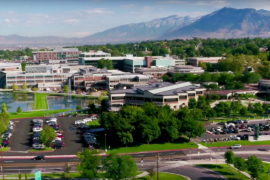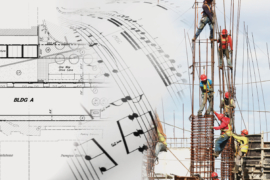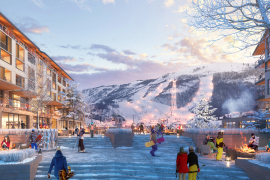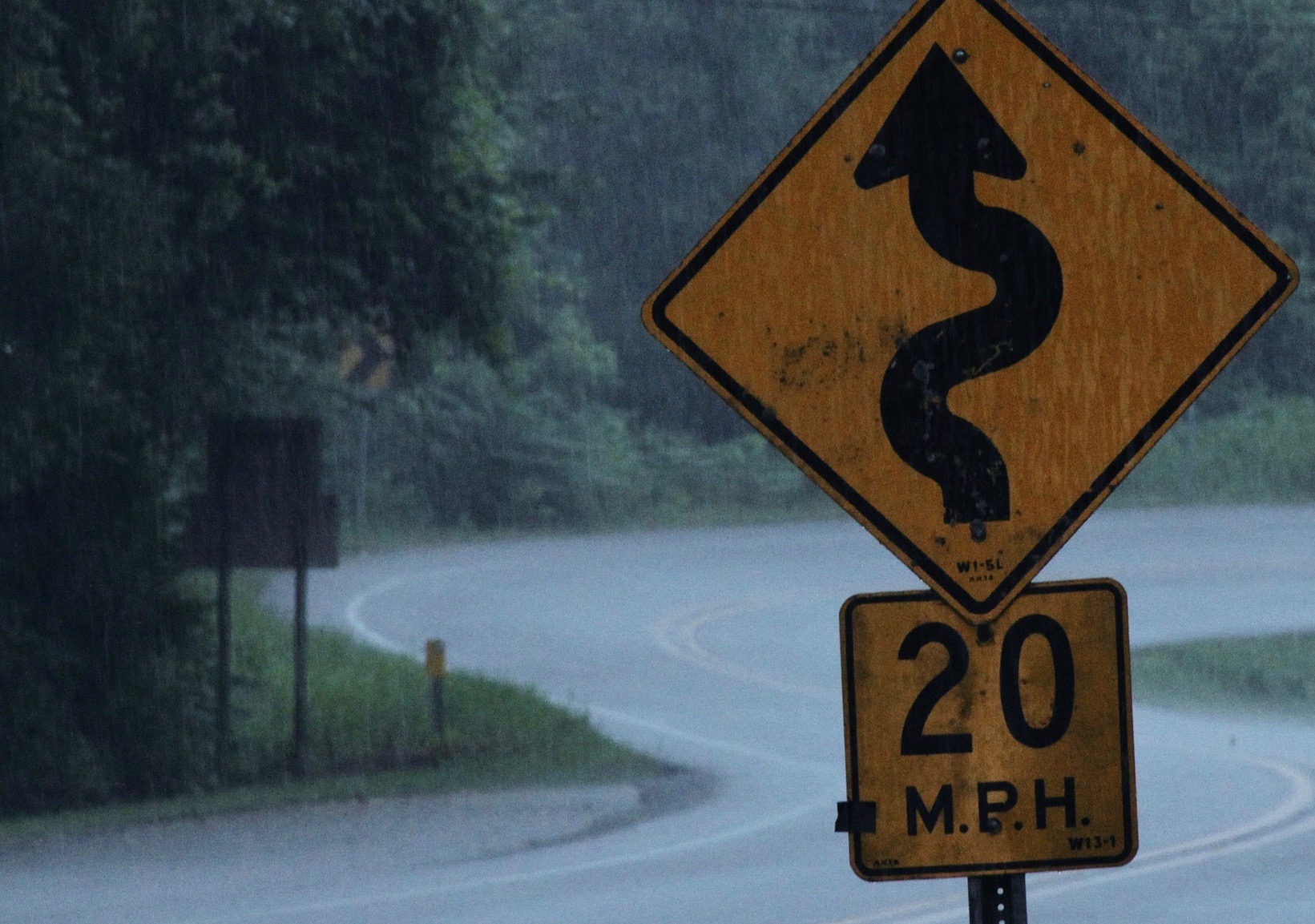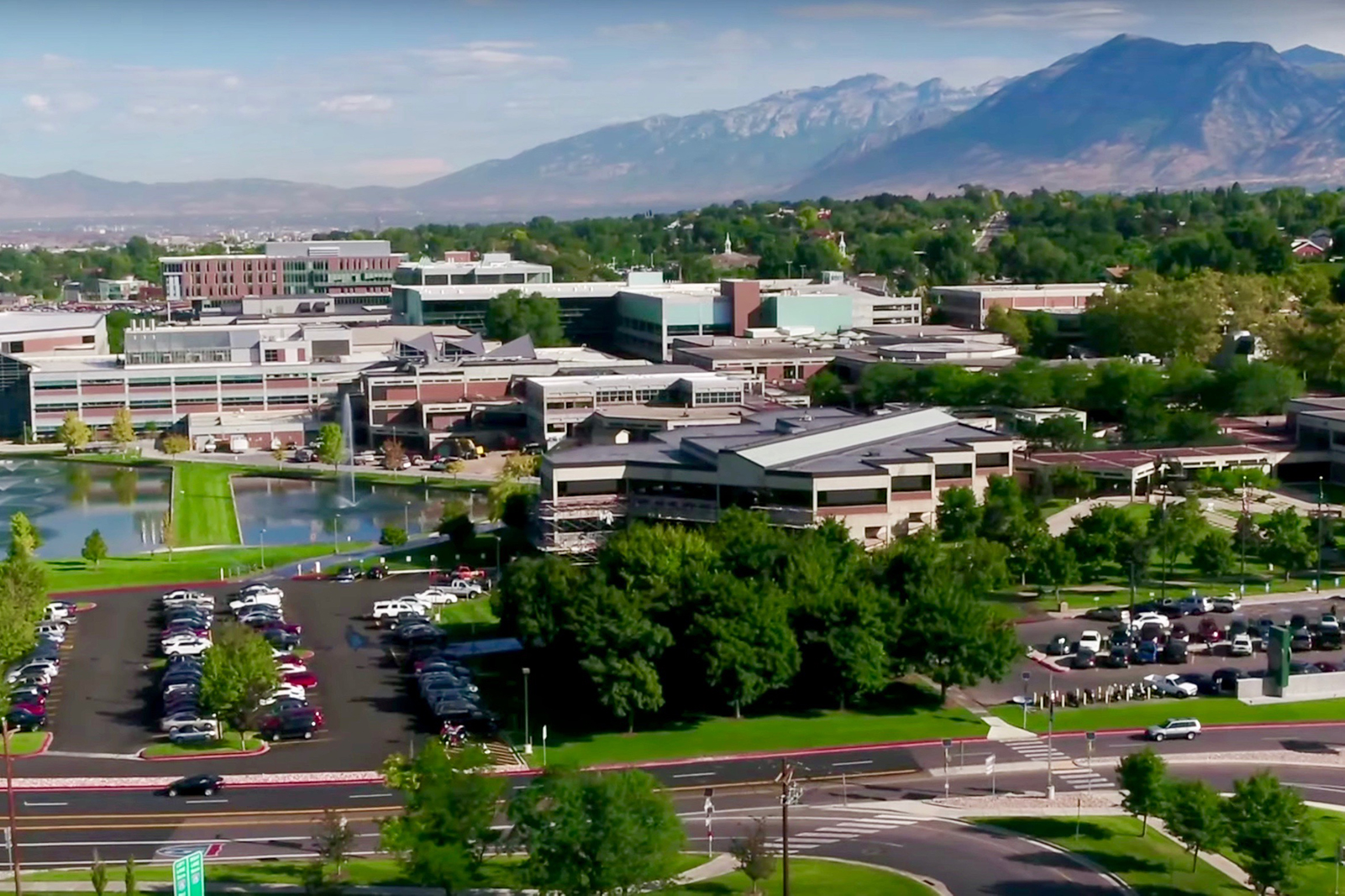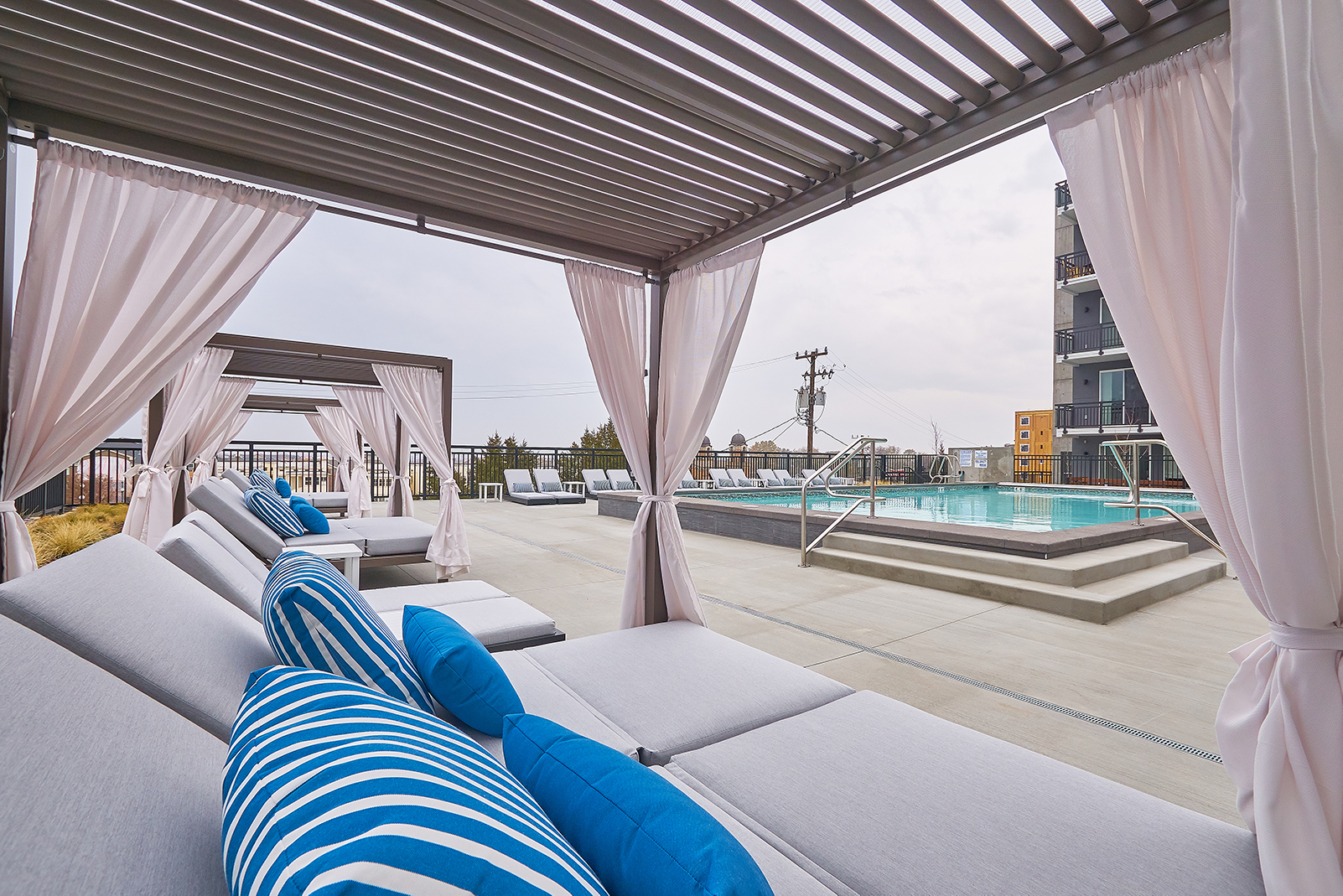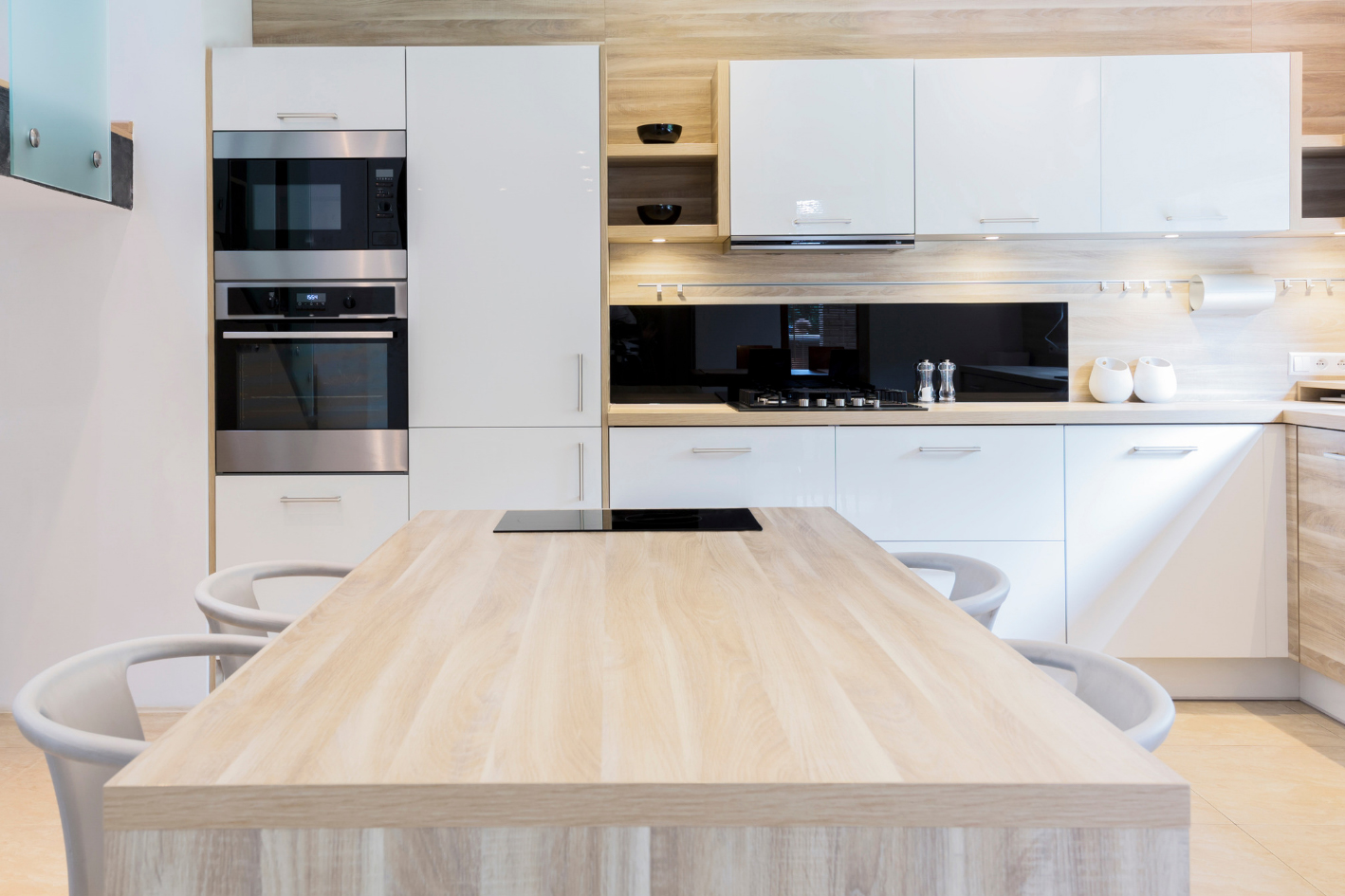One of the most common challenges developers face is identifying the right amount of parking to provide in any given multifamily project. On one hand, if there isn’t enough parking on site, then a tenant might decide to rent at a different property. On the other hand, parking is very expensive – structured parking can cost between $20,000 and $40,000 per parking stall. While parking is vital, too much can quickly cause projects to become financially unfeasible. The trick is finding that sweet spot between building ample enough parking to attract tenants but low enough to keep costs reasonable. So, what is the parking demand, really?
Nationally, the demand for parking is decreasing. Today more than ever, people are using public transit, bicycles, and walking as alternate forms of transportation, requiring less parking for housing developments located in metropolitan areas. According to a 2018 study done by the National Apartment Association, the average parking ratio across the United States for the last decade was 1.46 parking stalls per unit, the lowest it has been since the 1970’s. Cities and developers around the nation are now responding, accordingly. In an article published by the American Planning Association, many cities, including Buffalo, Minneapolis, and Spokane, are reducing the requirements for parking or removing them entirely to help create more affordable housing in denser areas of their cities. In Utah, parking demand is lower than the national average and continues to trend downward.
At PEG Companies, we have the ability to evaluate our operating assets to gauge parking demand across various submarkets. Two examples are Milagro Apartments [Salt Lake City] and 200 City View Apartments [Provo]. The figure below shows the unit mix and parking counts for each of those properties. Both projects are noticeably under the national average of 1.46. We know that demand is fairly high in Provo – at 200 City View, the parking garage is completely full, and seven tenants are on the waitlist for a parking stall. Milagro has 136 parking stalls, all of which are occupied with 10 people on the waitlist for a stall. These projects show that people renting Class A multifamily units in the Salt Lake City and Provo markets are still using their cars and value parking, providing valuable insight to PEG as we build our next projects in these markets.
At PEG, we have learned that as cities continue to develop public transportation and become pedestrian-oriented communities, the demand for parking will decrease, but it will take time for people to adjust to life with less cars. While PEG understands and acknowledges national trends, our strategy is mostly centered on individual markets. Because communities can vary so widely with their culture and priorities, we make it a point to conduct parking studies and use our own real-time data to pinpoint the real parking demand in every market we enter.






